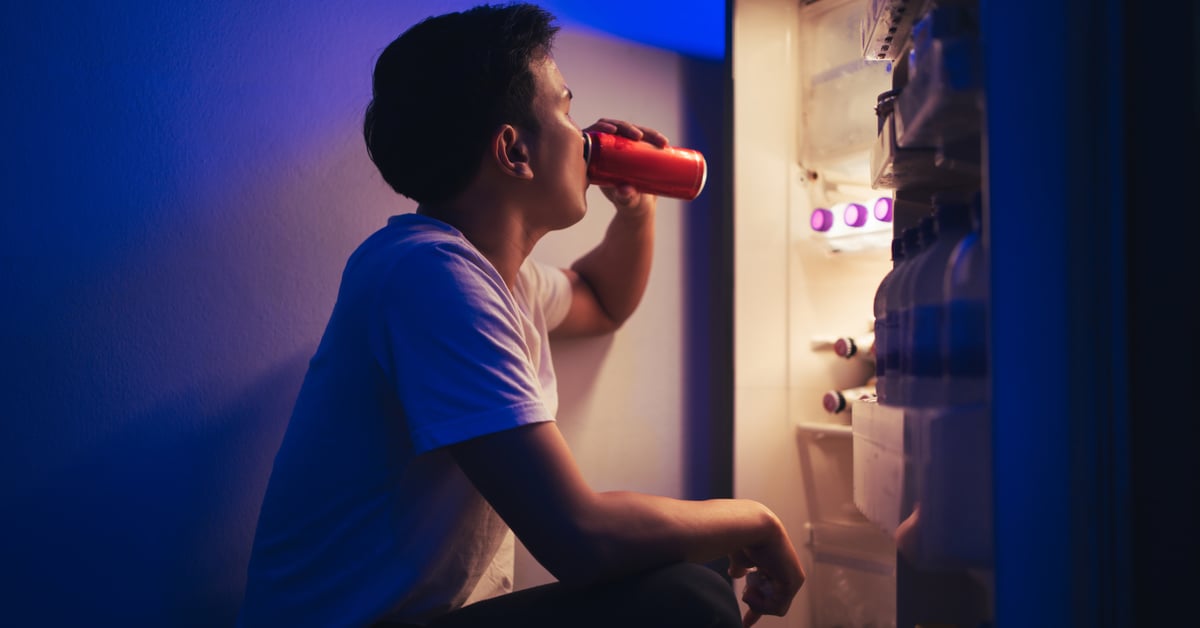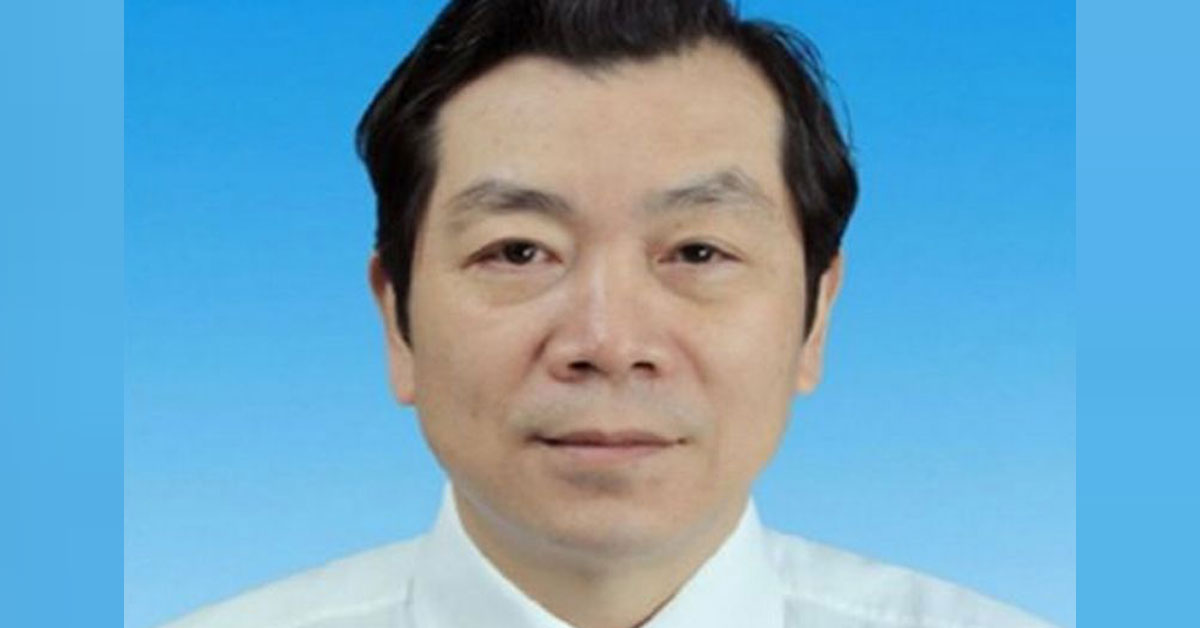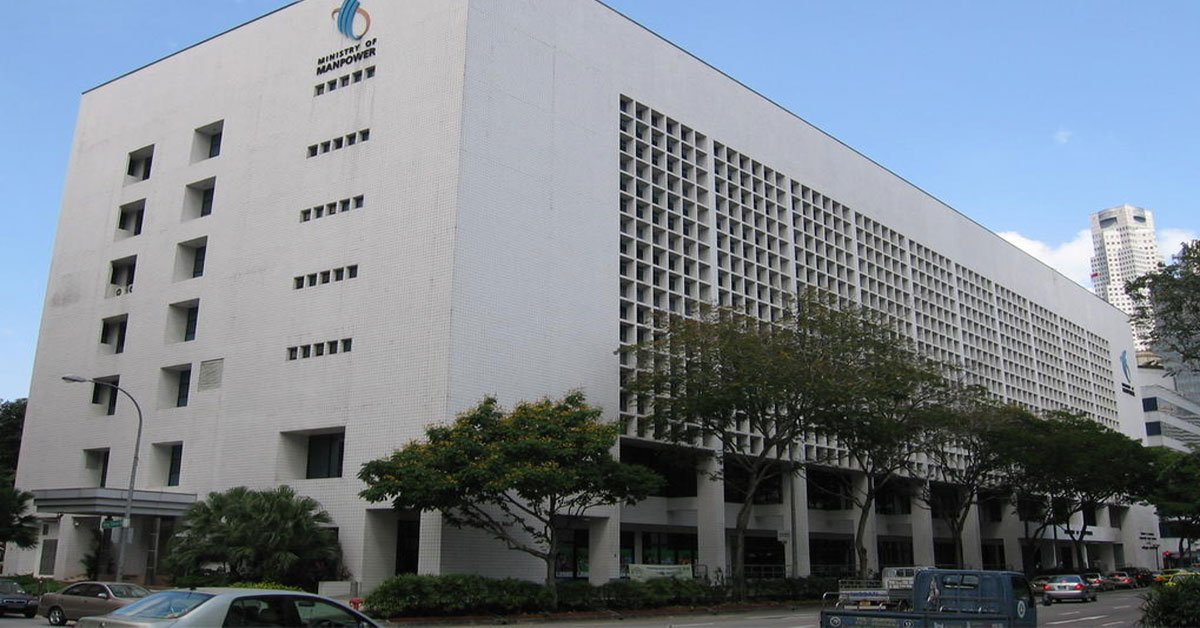It seems like not long ago when we used to see Nutri-Grade labels everywhere, but you may have noticed something strange – they’ve disappeared.
During Chinese New Year visitations, you may have noticed that every single drink doesn’t have the Nutri-Grade label, and even drinks like Coke and Heaven & Earth Ice Lemon Tea don’t display the label on their bottles.
Reader: But wait, weren’t the labels made compulsory in 2022?
Actually, they still are. But with exceptions.
Nutri-Grade Labels Leading to Reduced Sugar
You see, Nutri-Grade labels are compulsory only for drinks that are Nutri-Grade “C” or “D”. Manufacturers can choose if they want to include the label for Nutri-Grade “A” or “B” drinks.
Reader: Ok, but there’s no way Coke is Nutri-Grade “A” or “B”, right? It has to be at least a “C”.
When Nutri-Grade labels were introduced, they might be actually targeting consumers. The labels were meant to help consumers make more informed choices and feel more health-conscious when selecting drinks to buy.
A study has shown that with this grading system, people have been buying more drinks with the “A” or “B” rating and avoiding those with the “C” or “D” rating.
Interestingly enough, on top of affecting consumers’ decisions, the grading system also changed manufacturers’ decisions.
If fewer people are buying your drink due to it’s Nutri-Grade “C” or “D” label, the wise move would be to reduce sugar to get a better Nutri-Grade to get more people to buy your products. And that’s what companies did.
To get a better Nutri-Grade, companies reviewed their products and started reducing their sugar levels.
Somehow, most of these companies were able to find a way to reduce their products’ sugar content while still keeping the taste relatively the same. That’s why you might not have noticed that your favourite drinks now contain less sugar.
They might not indicate bigly on the can, but it would be indicated as a small line below the nutritional value:

“Siu Dai”, The New Norm
Pre-packaged drinks aren’t the only ones with less sugar; your favourite kopi (coffee) and teh (tea) are joining in on the fun too and are becoming “siu dai” (“less sweet” in Cantonese by default).
Two major coffeeshop associations, that represent more than half of Singapore’s coffeeshops, have pledged their support for the “Siu Dai by default” movement which encourages F&B operators to offer freshly prepared beverages, like teh and kopi, with less sugar as the norm.
According to Singapore health platform HealthHub, a normal order of kopi has four teaspoons of sugar, whereas kopi “siu dai” has 2.9 teaspoons of sugar.
This is more than a 25% reduction in sugar level for your coffeeshop drinks!
So, when you ask for a cup of kopi, you’re actually getting kopi siu dai. And if you ask for kopi siu dai, you’re basically getting kopi siu siu dai. You might as well get kopi kosong (no sugar).
Of course, you still have the option to order “ga dai” (more sugar) if you want your drinks to have the same sugar content as what you’ve always been enjoying. But, this kind of defeats the purpose of the movement.
While “siu dai” drinks may not taste as good as “normal” drinks, the health benefits are really worth it. The difference in taste is very arbitrary and after a few weeks, you’ll be so used to “siu dai” that you’ll think “normal” drinks are too sweet.
Maybe in 10 years the government will introduce a “Siu Siu dai by default” movement.
If you’re asking this question, you probably slept through all your health education classes in school.
High sugar intake is linked to an increased risk of obesity and diabetes, which is the leading cause of kidney failure, and why on earth would you want to put yourself at risk of these diseases?
Fun fact: Sugar isn’t even necessary for humans. We could live every single day without eating any sugar at all and we’d still function perfectly fine. Actually, maybe we’d be functioning even better than just fine.
Also according to HealthHub, our sugar consumption should be no more than 10% of our daily energy intake. For most adults, that’s about 10 teaspoons of sugar (based on a 2000-daily calorie intake).
If “siu dai” isn’t the norm, a single cup of kopi already accounts for 40% of your daily sugar intake.
And, I know you snack throughout the day. A lot. I know you eat Lays chips and Jagabee and drink many cups of milo without stopping.
We all know you lie when you say “one last chip”.
While the sugar content in each of these isn’t that high compared to how much you can consume in a day, it adds up really fast, and you can easily exceed the recommended amounts.
Hence, the government is intervening and keeping our health in check by making “siu dai” the default.
Anyway, this benefits you as by reducing your sugar intake, you’ll reduce your chances of having to depend on insulin shots for the rest of your life.
Saves you money, time, and keeps you away from the pain of those injections.
You can watch this video to know more:



